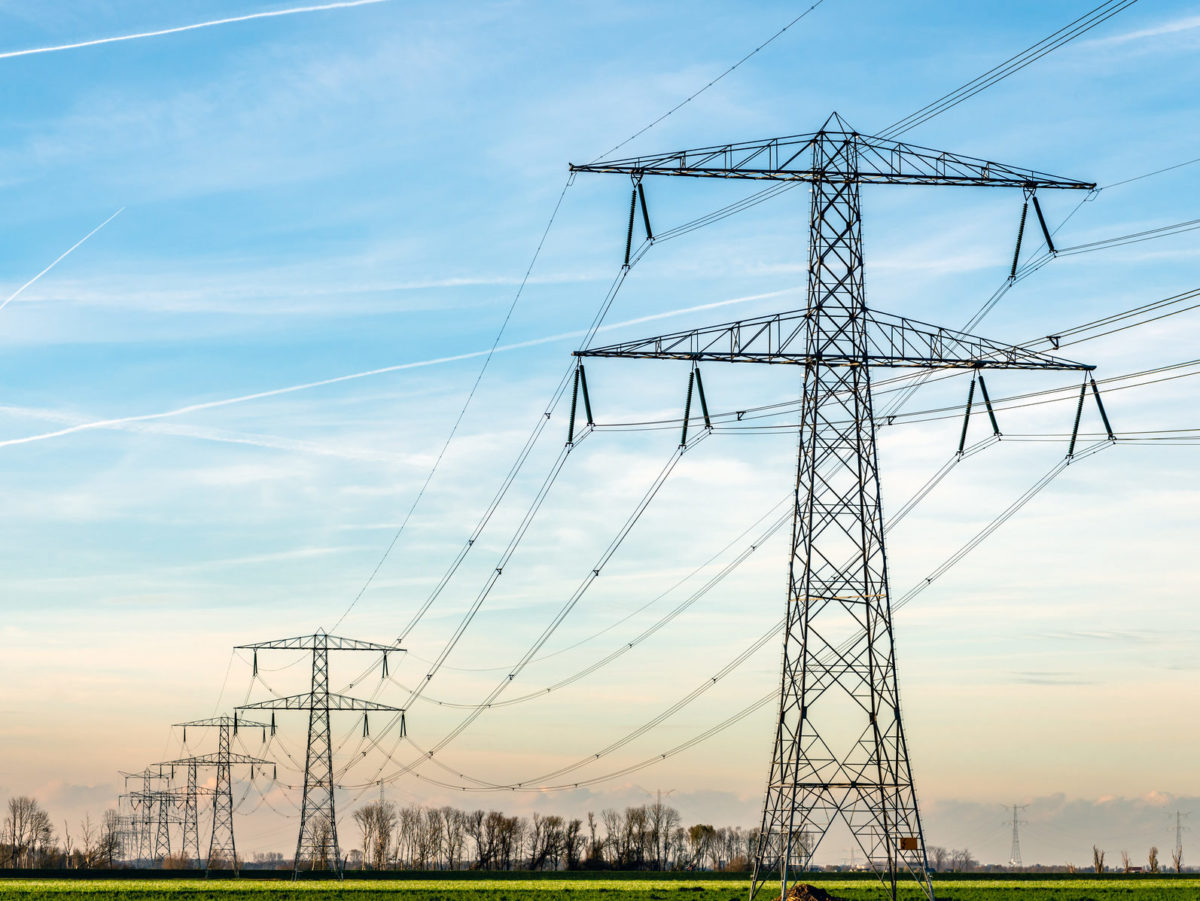
Upper Midwest regional utilities are embarking on a cross-state effort to establish a transmission investment approach.
Midwest consortium CapX2020 utilities announced yesterday that they will study the Upper Midwest transmission network to identify system improvements and infrastructure upgrades that may be needed to achieve ambitious 2050 carbon reduction goals established or proposed by utilities and policymakers across Minnesota and Wisconsin.
According to a press release, the CapX2050 Transmission Vision Study seeks to identify existing limits to providing “safe, reliable and cost-effective electric grid as the system adds more carbon-free energy.” Underpinning the study is the goal to identify potential capacity, reliability, and resiliency constraints associated with events unique to the sub-region.
“We are looking at an end state of carbon-free by 2050 in Minnesota. Other planners, like MISO, need to consider the whole region, and oftentimes the scenarios cannot be as specific as we hope to create in our upper Midwest region,” says Priti Patel, VP and Chief Transmission Officer at CapX2020 member utility Great River Energy. “The study will need to account for the behavior of renewable resources and the ability to deliver those resources to both wholesale and retail customers in the Upper Midwest.”
What she means is the ability to manage highly anomalous situations that don’t exist outside of the Upper Midwest sub-region, like a polar vortex event where cold temperatures are combined with a lack of wind or sun to power renewable resources. This type of scenario, if not planned for, can have disastrous implications.
For the study, impact analysis will include a look into grid capacity, reliability, and resiliency among normal and such anomalous scenarios, but will also include a transmission investment analysis. “In addition to studying various generation scenarios that lead up to 2050, we also plan to consider study advanced transmission technologies HVDC, power electronics, and energy storage.”
In recent years, a growing number of utilities and government organizations have been emphasizing the importance of highly detailed regional impacts of renewables to both transmission and distribution grids.
In partnership with the US Energy Department’s Grid Modernization Initiative, Natural Resources Canada, and Mexico’s Secretaría Energíe (SENER), the National Renewable Energy Laboratories (NREL) is set to complete its North American Renewable Integration Study (NARIS) later this year to assess transmission and distribution impacts of increased renewable and DER contributions across all of North America. At the transmission level, NREL has developed a modeling approach, the Regional Energy Development System (ReEDS), that can co-optimize forecasted renewable generation with existing transmission infrastructure. The goal of the tool is to isolate more vulnerable infrastructure for further analysis and to provide an assessment of tradeoffs between investments, capital, and operating costs.
In 2016, Hawaii Electric Power Company (HECO) leveraged RESOLVE, a tool developed by consulting firm E3 Energy to support its Power Supply Improvement Plan (PSIP) analysis amidst Hawaii’s aggressive carbon reduction and renewables integration targets. Specifically, HECO used the tool to explore different investment scenarios to provide reliable renewable resources across the islands of Hawaii, Maui, and Oahu. In California, the CPUC is currently utilizing the tool for ongoing integrated resource planning, while CAISO, like HECO, is utilizing the tool for investment scenario analysis.
This is not a standalone effort by any means, but it will be among the most complex, detailed deep-dives into localized transmission to date. Announced yesterday, CapX2020’s initiative is in its infancy, but leaders are certainly geared up to engage in a comprehensive effort. “This is the critical first step towards us developing a comprehensive transmission network that can take into account our trajectory of a carbon-free 2050,” says Patel. “We see utilities, policymakers, and independent large customers in this region all establishing or proposing significant renewable and carbon-free goals. In our integrated system, while our goals are important, so are the goals of everyone surrounding us. We must collaborate to maintain a reliable system.”














